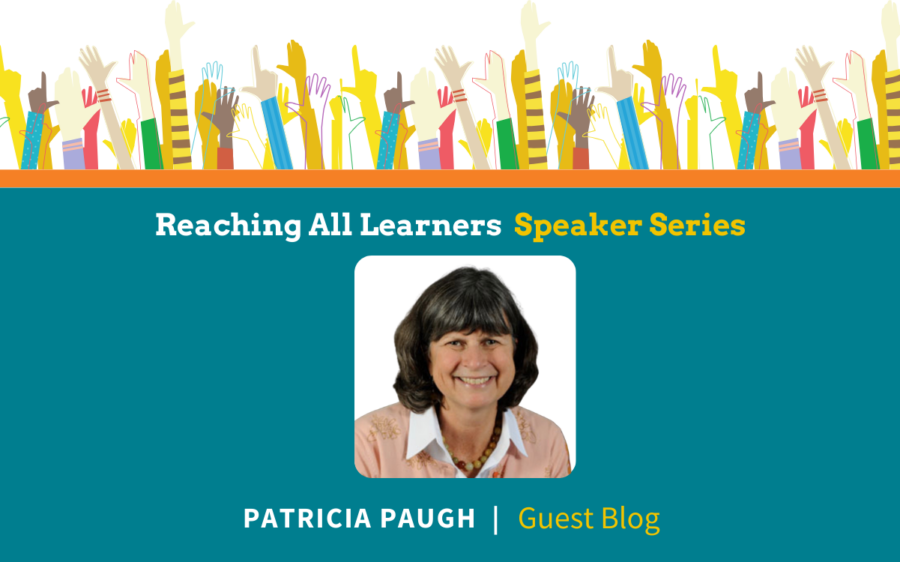Is it harmful to ask an emergent reader “Does that make sense?” Widespread consensus exists that decoding is critical for learning to read. Some have suggested that using anything else, such as context, may hamper word learning. In fact, I recently overhead a conversation in which a teacher was frustrated that decoding strategies were not leading to more successful reading. She wasn’t sure what else to do and added, “I am scared to ask ‘Does that make sense?’ because of the science of reading.” I have to believe no one ever intended to stoke such a fear, but when an educator is scared to ask a child about meaning during reading, something is off-kilter.
I would like to give that teacher, and all others, the excellent article from Donna Scanlon and Kimberly Anderson called Using Context as an Assist in Word Solving: The Contributions of 25 years of Research on the Interactive Strategies Approach1. In this article, Scanlon and Anderson review evidence related to using meaning-based and code-based strategies for early readers. Here are a few highlights.
Readers need both code-based and meaning-based strategies
Scanlon and Anderson review 25 years of peer-reviewed research findings indicating that emergent readers need code-based (phonics) and meaning-based (context) strategies to successfully solve the high volume of words needed to read English. Emergent readers need to monitor their reading and they can use context to do it.
Unlike some other languages, the match between letters and sounds is not always clear in English (why does head rhyme with bed but bead rhymes with need?). Scanlon and Anderson’s research review indicates students can successfully use context in confirmatory ways—checking one source of information (visual information) against another source of information (meaning). The researchers are careful to note that context should not be privileged above other information as careful attention to letters and sounds is vital, but not sufficient for word solving.
Rather, it is important for students to learn to use contextual information as a way to “direct and check initial decoding attempts.” Students can use partial decoding and knowledge of meaning to accurately identify words, and verify the hypothesized word by ensuring the remaining letters match their prediction. The authors note this process supports both orthographic mapping and the building of a sight vocabulary.
Investing in teacher expertise pays off.
A study involving kindergarten teachers and their students compared student and teacher outcomes of three conditions–professional development, small-group interventions, and professional development + small group interventions. The professional development paid off immediately and over the long-term with improvements in teaching quality and student outcomes.
One of the most interesting aspects of the study was that the professional development provided to these kindergarten teachers emphasized developing decoding to the point that “students had a reasonable sense of the alphabetic nature of written language (although not a full command of all the intricacies), and then involve them in as much reading of connected text as possible.” So, not only does this study show that PD pays off, but it also indicates that kids need to start reading books as soon as possible.
Making Sense is Common Sense
Anyone who teaches reading quickly realizes that one size never fits all. Teachers need many tools, expertly used, to support readers. Scanlon and Anderson describe peer-reviewed studies that support the use of context to assist word solving. When a child uses the visual information in front of them to decode, but isn’t getting there, don’t be afraid to remind them to consider what would make sense.
What Next?
Teacher expertise matters. Join us for a brand-new course called What Teachers Need to Understand about Phonics and Spelling. In this one credit, self-paced course you will develop knowledge of the alphabetic system and be prepared to address the learning needs of all students including multilingual learners.
1Scanlon, D. M., & Anderson, K. L. (2020). Using context as an assist in word solving: The contributions of 25 years of research on the Interactive Strategies Approach. Reading research quarterly, 55, S19-S34.





